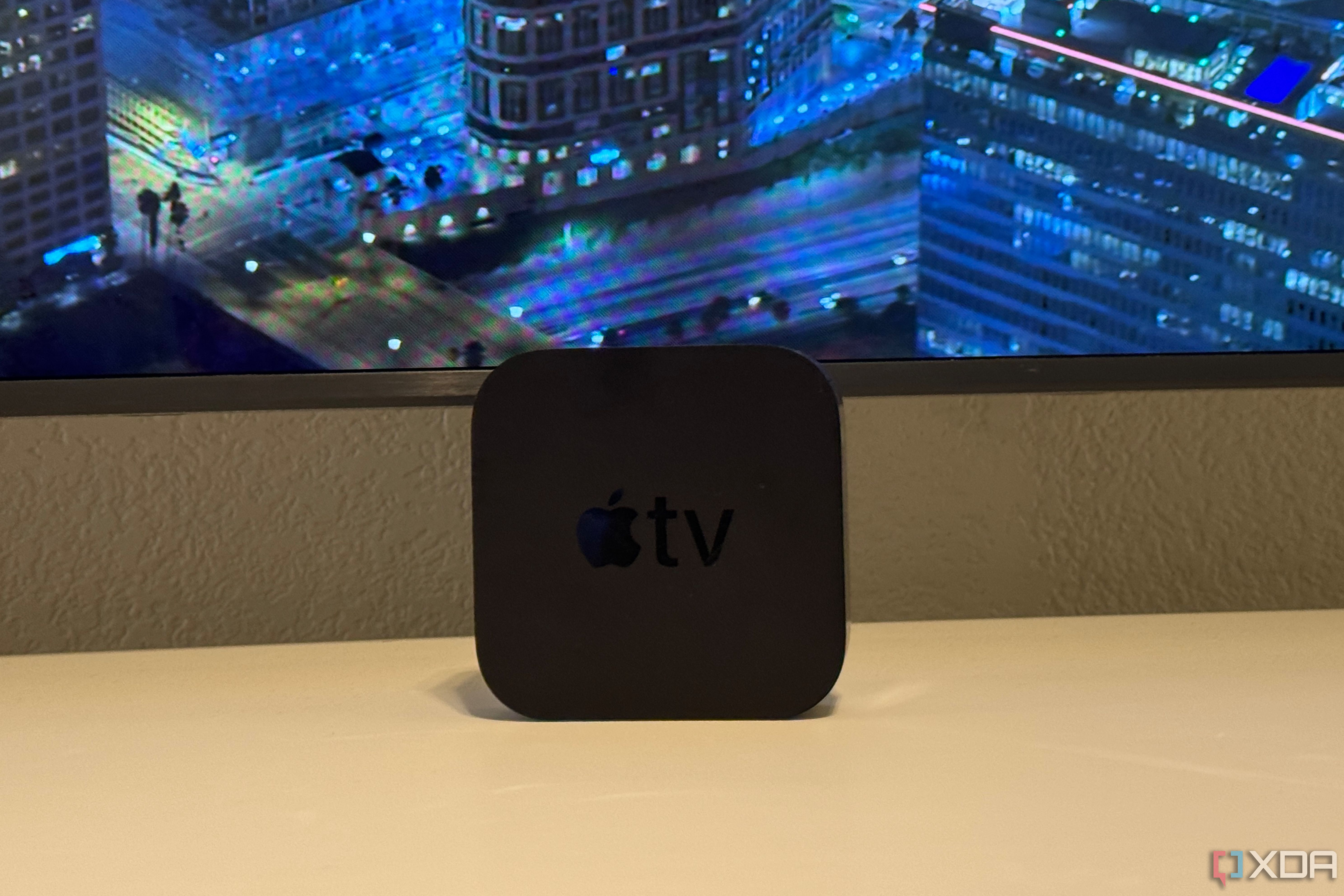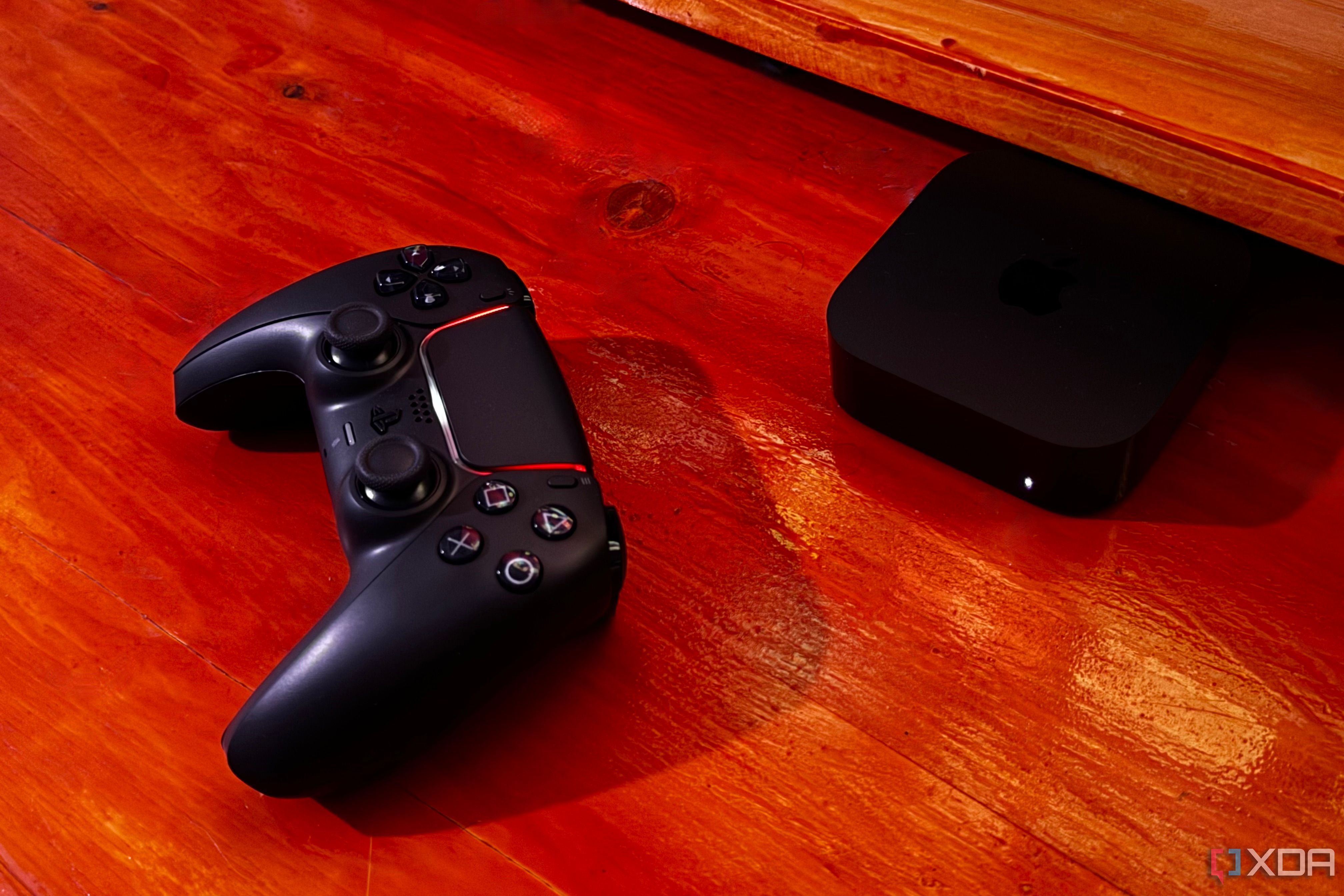Key Takeaways
- Web-based workflows make tiny and lightweight PCs like Chromeboxes a viable option for work tasks.
- People no longer need multiple powerful computers with power-hungry operating systems, making thin clients a more practical solution.
- They’ll never replace a full PC, but they could be a great alternative or secondary device if you need it.
Chromeboxes and thin clients have had a great end-of-year push lately as 2023 winds down. Amazon released its Amazon WorkSpaces Thin Client just last month, a low-cost thin client that connects to a virtual desktop. Lenovo also debuted its Chromebox Micro earlier this month, a ChromeOS desktop that is so tiny it can fit into the back of custom monitors. Then there are devices like the Apple TV — which aren’t thin clients or lightweight PCs yet — but definitely could be some time down the road.
As computing demands lighten for most users, and as thin clients and lightweight PCs become more powerful, there’s an opening in the market. These cheap and simple computing devices could become the future, but our computing habits will need to change. Here’s the case for thin clients and lightweight PCs and how they could be a real solution for a lot of people.
3 Workflows are increasingly becoming web-based
There are plenty of exceptions, but a lot of people can work out of a browser
The simplest reason why tiny and lightweight PCs can even function as work machines is that so many tasks have become web-based. If I wanted to, I could do everything I needed for work daily with a web browser. That would include writing, using a CMS, sending emails, communicating via Slack and Google Meet, photo editing, and more. I prefer to use Slack as a desktop app and edit photos with Pixelmator Pro, but that’s not the point. The takeaway is that using a web browser for all your computing needs isn’t only possible, it’s not even a bad experience.
My workflow is just one example, but a lot of other working people undoubtedly share my anecdotes. Just look at how many people use Google Drive or Microsoft 365 services on the web. You used to have to download a full Microsoft Office suite of apps to complete most office work, but not anymore. At first, even the best Chromebooks were only good for web-based tasks, and that category has grown astronomically since. Now that ChromeOS has much better app support, it only adds to the case for Chromeboxes and thin clients becoming a bigger part of our computing workflows.
2 People don’t need multiple powerful computers anymore
Thin clients are a more realistic solution than other concepts we’ve seen
It originally became common for people to have both great laptops and even more powerful desktop machines at home or in the office. Now, the best laptops available have features like water cooling and a larger amount of memory than early laptops offered in storage. With that in mind, having a desktop and a laptop can feel redundant for most people. If you have an enthusiast system or a workflow that requires more performance demands, this doesn’t apply to you. But that isn’t the case for most people.
There have been some proposed solutions to this problem, but none are very good. You could connect your laptop to a monitor and peripherals, using it in clamshell mode, but that becomes a hassle over time. There have also been solutions that use the processing power of your other devices, like Samsung’s DeX, which turns your phone into a desktop. However, a far better solution is for people to create workflows with a powerful laptop and a lightweight PC at home or in the office. It’s cheaper, gives you essential web-based apps, and still leaves the flexibility to connect a laptop for a more complete experience.
1 Small devices are more powerful than ever
Streaming boxes are capable of running light operating systems
Another reason this idea is even possible is due to how powerful small devices have gotten over the last few years. Apple’s Studio Display — yes, I’m talking about the monitor — has an A13 chipset that is literally powerful enough to run iOS. The company’s latest Apple TV has an A15 Bionic chip, which is newer than the A12Z chip that powered a Mac Mini running macOS as part of the Developer Transition Kit. This doesn’t apply just to Apple, either. Amazon’s just-announced thin client is simply a Fire TV Cube with a sticker covering the logo. Lenovo’s ChromeBox Micro is smaller than a smartphone, offering an Intel N4500 processor, 8GB of memory, and 32GB of eMMC storage.
All this means is that today’s most popular streaming boxes can run lightweight operating systems. In the case of the Apple TV, it’s definitely capable of running macOS. This functionality isn’t new either because the first Apple TV could run early versions of Mac OS X with a little effort. So, there’s definitely a potential for devices like Chromeboxes and thin clients to become more mainstream. After all, they’re now more capable in terms of performance, smaller, and cheaper than ever before.
I can see a future where thin clients are used like streaming sticks
It’s far from guaranteed and wouldn’t be a good fit for everyone, but I can see a future where lightweight PCs and thin clients become mainstream. With how small and affordable they’re getting, these computing devices can potentially become the “streaming sticks” of the PC world. They’re cheap — Lenovo’s ChromeBox Micro starts at $219, and the Lenovo ThinkCentre M60q is more suited for consumer use at $400 — as well as capable. Make no mistake: Chromeboxes and thin clients will never replace PCs. But they could become a more reasonable secondary device than the options that are currently available today.

Wanda Parisien is a computing expert who navigates the vast landscape of hardware and software. With a focus on computer technology, software development, and industry trends, Wanda delivers informative content, tutorials, and analyses to keep readers updated on the latest in the world of computing.



